Scroll to:
Results of Traditional Manual Therapy on Lower Back Pain as an Alternative to Aggressive Therapy
https://doi.org/10.24060/2076-3093-2020-10-1-39-44
Abstract
Introduction. In briefly to have eight symptoms of Qi disease and very common one which is including all symptoms is Lower back pain. By the WHO research pain here can be intense and is one of the top causes of missed work. This disease has very painful, recurrence and needs period of treatment time, cost expensive. Most of the damages for patients are diagnosis, surgery, pain relief medicines. Thus, we made this theory with practice research on traditional manual therapy for qi originated Lower back pain. Purpose: to compare the traditional diagnostic methods of manual therapy and modern diagnostic methods of X-ray with lower back pain by using assessment of a quality of life developed by WHOQOL.
Materials and methods. 100 patients with lower back pain were examined. The treatment results were evaluated after the application of traditional rhythmic vibration therapy. These treatment results were obtained using traditional diagnostic methods and using radiography of the lower back, which were compared with each other. The WHOQOL questionnaire was used to assess quality of life.
Results and discussion. Therapy was carried out for 10 days. Manual therapy has shown its positive results within a day. Although the anatomical and morphological structure of the lower back showed no significant improvement within 7-10 days of treatment (75 %), but the space of the spine increased (80 %), and spinal mobility was asymptomatic (90 %).
Conclusion. Patients treated with manual therapy symptomatically recovered after a year (60 %). Of 100 patients, they were completely cured by 15 % and improved by 30 %.
Keywords
For citations:
Molor R., Odontsetseg G., Tseendagva D. Results of Traditional Manual Therapy on Lower Back Pain as an Alternative to Aggressive Therapy. Creative surgery and oncology. 2020;10(1):39-44. https://doi.org/10.24060/2076-3093-2020-10-1-39-44
Introduction
Pain in the lower back takes first place among all non-communicable diseases in terms of the number of years of life lost due to persistent deterioration in health [1]. This pathology most often develops between the ages of 20 and 50, while the most pronounced pain is observed at the age of 50-64 years. In the age range of 20 to 64 years, 24 % of men and 32 % of women suffer from back pain. An alarming fact is that 12-26 % of children and adolescents also complain of lower back pain [2, 3].
A number of foreign clinical recommendations suggest that all initially treated patients with lower back pain should be divided into three categories: 1) patients with potentially serious pathology debuting with back pain; 2) patients with radicular pain (radiculopathy) and 3) patients with nonspecific pain in the lower back [4-6].
When treating a patient with pain in the lower back, the doctor’s attention should primarily focus on the exclusion of serious pathological conditions in which urgent specialized care is needed [7, 8].
In all clinical recommendations for the diagnosis and treatment of nonspecific pain in the lower back, there is no need for laboratory and instrumental methods of research. The use of instrumental examination methods (radiography, magnetic resonance imaging, etc.) for acute pain is indicated in those cases when there is a high risk of developing a serious disease [9-12].
The effectiveness of manual therapy depends on the qualifications of the specialist conducting it. Manual therapy has been shown to have efficacy similar to the use of analgesics, exercise therapy [13].
According to M. Ferreira et al. manual therapy shows slightly better results than placebo therapy, massage, physiotherapeutic procedures and percutaneous electroneurostimulation in case of nonspecific back pain [14, 15].
Purpose: to compare the traditional diagnostic methods of manual therapy and modern diagnostic methods of X-ray with lower back pain by using assessment of a quality of life developed by WHOQOL.
Materials and methods
The study was used clinical research design, and the total of 100 patients with lower back pain were selected. The result of the treatment is estimated on those patients were given the traditional rhythmical vibration therapy in the Sumadi clinic (fig. 1-2). The result of the treatment is compared between traditional diagnostic methods of questioning, observation, touching and modern diagnostic methods of before and post X-ray pictures on lower back pain. The quality of life of the patients is assessed by using a quality of life assessment developed by the WHOQOL.

Figure 1. Rhythmical vibration massage
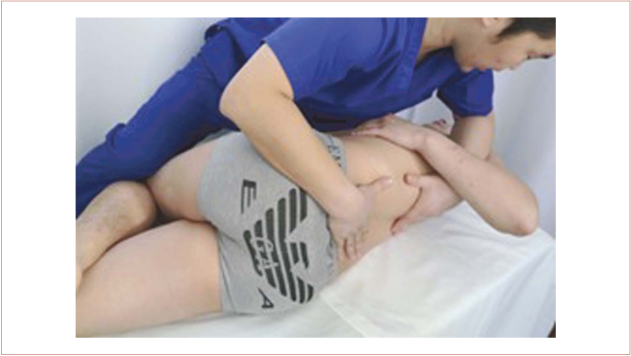
Figure 2. Manipulation treatment
Results and discussion
Patients were selected mostly as a young manhood with men and women aged 25 to 45 years old. Of the 100 patients included in the study, 45 were man and 65 were women. We measured three dimensions which used X-ray measurement ruler (fig. 3-5), and each of the measurement taken before and after treatment (fig. 6-8). The treatment continued 10 days.
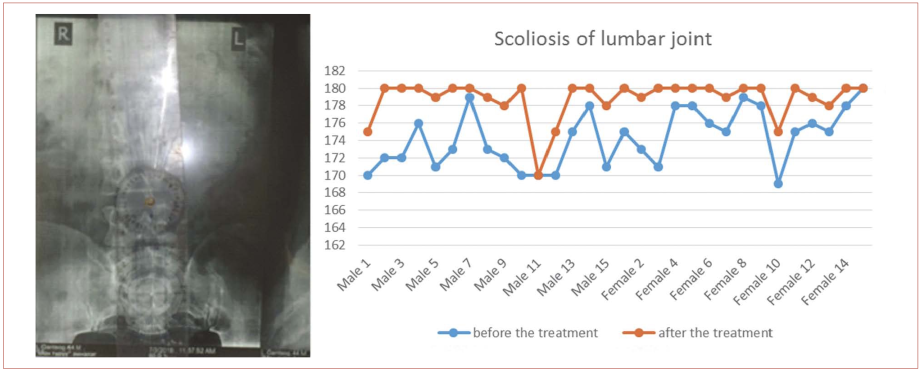
Figure 3. Transversal measurement, size 60 %
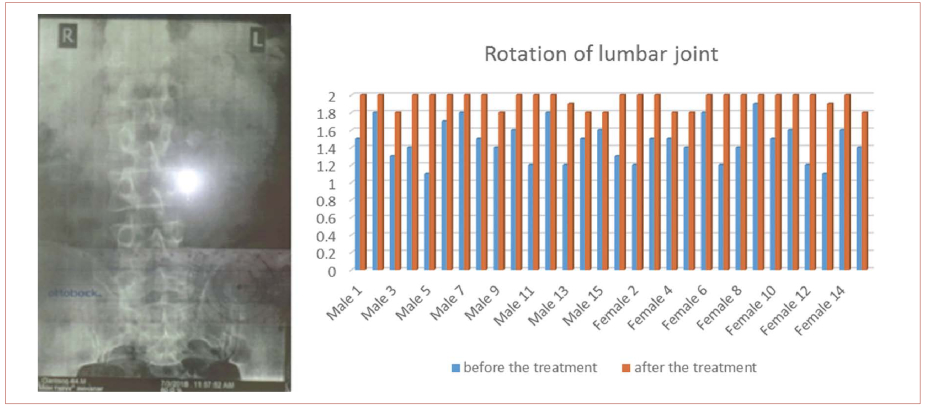
Figure 4. Vertical measurement, size 60 %, taken small side
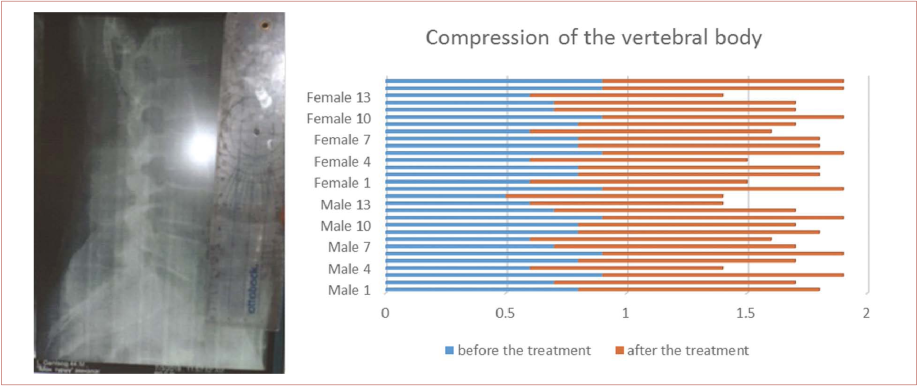
Figure 5. Horizontal measurement, size 60 %

Figure 6. Observation, before and after the treatment (just 1 therapy). Patient 1: female, 13 years old

Figure 7. X-ray picture, before the treatment. Patient 1: female, 13 years old
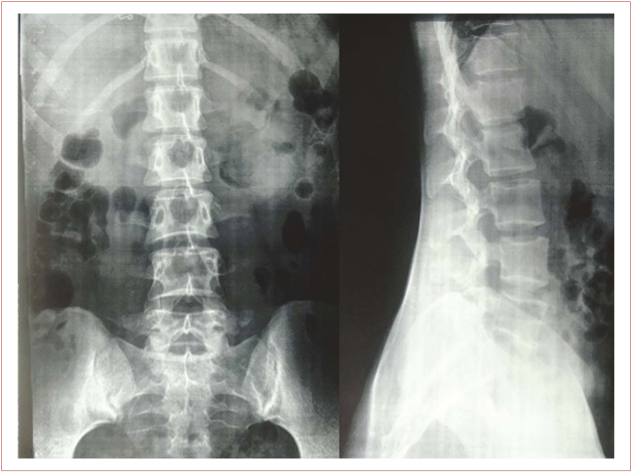
Figure 8. X-ray picture, after the treatment (10 days). Patient 1: female, 13 years old
The reason of lower back pain is caused due to intensity of active and inactive forms of muscle, another word, the spinal columns were narrowed, restricted movement, curved and twisted disorders are common. This matches to the sources of information on the lower back pain disorder for about causes and pathogenesis. Significant improvement of manual therapy is showed around within a day. Although, curved and twisted lower back is not showed significant improvements within 7-10 days treatment (75 %), but the space of the spinal columns is increased (80 %), and the spinal mobility were asymptomatic (90 %).
Conclusion
The patients who have been treated with manual therapy after one year were recovered (60 %), in chronic (35 %), and still dysfunctional (5 %). The result of the treatment is assessed that out of the 100 patients, were cured completely 15 % and improved 30 %.
Conflict of interest. The authors declare no conflict of interest.
Statement of informed consent. Written informed consent was obtained from the patient for publication of this case report and accompanying materials.
Sponsorship data. This work is not funded.
References
1. Hartvigsen J., Hancock M.J., Kongsted A., Louw Q., Ferreira M.L., Genevay S., et al. What low back pain is and why we need to pay attention. Lancet. 2018;391(10137):2356-67. DOI: 10.1016/S0140-6736(18)30480-X
2. Harms M.C., Peers Ch.E., Chase D. Low back pain: what determines functional outcome at six months? An observational study. BMC Mus-culoskelet Disord. 2015;11:236. DOI: 10,1186/1471-2474-11-236
3. Breen A.C., Carr E., Langworthy J.E., Osmond C., Worswick L. Back pain outcomes in primary care following a practice improvement intervention: a prospective cohort study. BMC Musculoskelet Disord. 2017;12:28. DOI: 10.1186/1471-2474-12-28
4. Van Tulder M., Becker A., Bekkering T., Breen A., del Real M.T., Hutchinson A., et al. Chapter 3. European guidelines for the management of acute nonspecific low back pain in primary care. Eur Spine J. 2016;15(Suppl.2):S169-91. DOI: 10.1007/s00586-006-1071-2
5. Chou R., Qaseem A., Snow V., Casey D., Cross J.T. Jr, Shekelle P., et al. Diagnosis and treatment of low back pain: a joint clinical practice guideline from the American College of Physicians and the American Pain Society. Ann Intern Med. 2017;147(7):478-91. DOI: 10.7326/0003-4819-147-7-200710020-00006
6. Oliveira C.B., Maher C.G., Pinto R.Z., Traeger A.C., Lin C.C., Che-not J.F., et al. Clinical practice guidelines for the management of nonspecific low back pain in primary care: an updated overview. Eur Spine 11 J. 2018;27(11):2791-803. DOI: 10.1007/s00586-018-5673-2
7. Paige N.M., Miake-Lye I.M., Suttorp Booth M., Beroes J.M., Mardi-an A.S., Dougherty P., et al. Association of spinal manipulative therapy with clinical benefit and harm for acute low back pain: systematic review and meta-analysis. JAMA. 2017;317(14):1451-60. DOI: 10.1001/jama.2017.3086
8. Gedin F., Skeppholm M., Burstrom K., Sparring V., Tessma M., Zethraeus N. Effectiveness, costs and cost-effectiveness of chiropractic 13 care and physiotherapy compared with information and advice in the treatment of non-specific chronic low back pain: study protocol for a randomised controlled trial. Trials. 2017;18(1):613. DOI: 10.1186/s13063-017-2351-3
9. Desai M.J., Kapural L., Petersohn J.D., Vallejo R., Menzies R., Creamer M., et al. A prospective, randomized, multicenter, open-label clinical trial comparing intradiscal biacuplasty to conventional medical 15 management for discogenic lumbar back pain. Spine (Phila Pa 1976). 2016;41(13):1065-74. DOI: 10.1097/BRS.0000000000001412
10. Jenkins H.J., Downie A.S., Maher Ch.G., Moloney N.A., Magnus-sen J.S., Hancock M.J. Imaging for low back pain: is clinical use consistent with guidelines? A systematic review and meta-analysis. Spine J. 2018;18(12):2266-77. DOI: 10.1016/j.spinee.2018.05.004
11. Jimenez-Avila J.M., Rubio-Flores E.N., Gonzalez-Cisneros A.C., Guzman-Pantoja J.E., Gutierrez-Roman E.A. Guidelines on the application of the clinical practice guideline on low back pain. Cir Cir. 2018;86(1):29-37. DOI: 10.24875/CIRU.M18000013
12. Kohat A.K., Kalita J., Ramanivas S., Misra U.K., Phadke R.V. Clinical significance of magnetic resonance imaging findings in chronic low backache. Indian J Med Res. 2017;145(6):796-803. DOI: 10.4103/ijmr.IJMR_1653_14
13. Hooten W.M., Cohen S.P. Evaluation and treatment of low back pain: a clinically focused review for primary care specialists. Mayo Clin Proc. 2015;90(12):1699-718. DOI: 10.1016/j.mayocp.2015.10.009
14. Hincapie C.A., Tomlinson G.A., Cote P, Rampersaud Y.R., Jadad A.R., Cassidy J.D. Chiropractic care and risk for acute lumbar disc herniation: a population-based self-controlled case series study. Eur Spine J. 2018;27(7):1526-37. DOI: 10.1007/s00586-017-5325-y
15. Furlan A.D., Giraldo M., Baskwil A., Irvin E., Imamura M. Massage for low-back pain. Cochrane Database Syst Rev. 2015;(9):CD001929. DOI: 10.1002/14651858.CD001929.pub3
About the Authors
R. MolorRussian Federation
Radnaabazar Molor — Doctorant Medical science, Director of the Sumadi Clinic.
2nd khoroo, Bayanzurkh district, Ulaanbaatar, 13361
G. Odontsetseg
Russian Federation
Ganbaatar Odontsetseg — PhD in Medical Science, Director of Otoch Manramba University.
2nd khoroo, Bayanzurkh district, Ulaanbaatar, 13361
D. Tseendagva
Russian Federation
Dalh Tseendagva — PhD in Medical Science, Director of the International Institute of Mongolian Medicine.
2nd khoroo, Bayanzurkh district, Ulaanbaatar, 13361
Review
For citations:
Molor R., Odontsetseg G., Tseendagva D. Results of Traditional Manual Therapy on Lower Back Pain as an Alternative to Aggressive Therapy. Creative surgery and oncology. 2020;10(1):39-44. https://doi.org/10.24060/2076-3093-2020-10-1-39-44


































